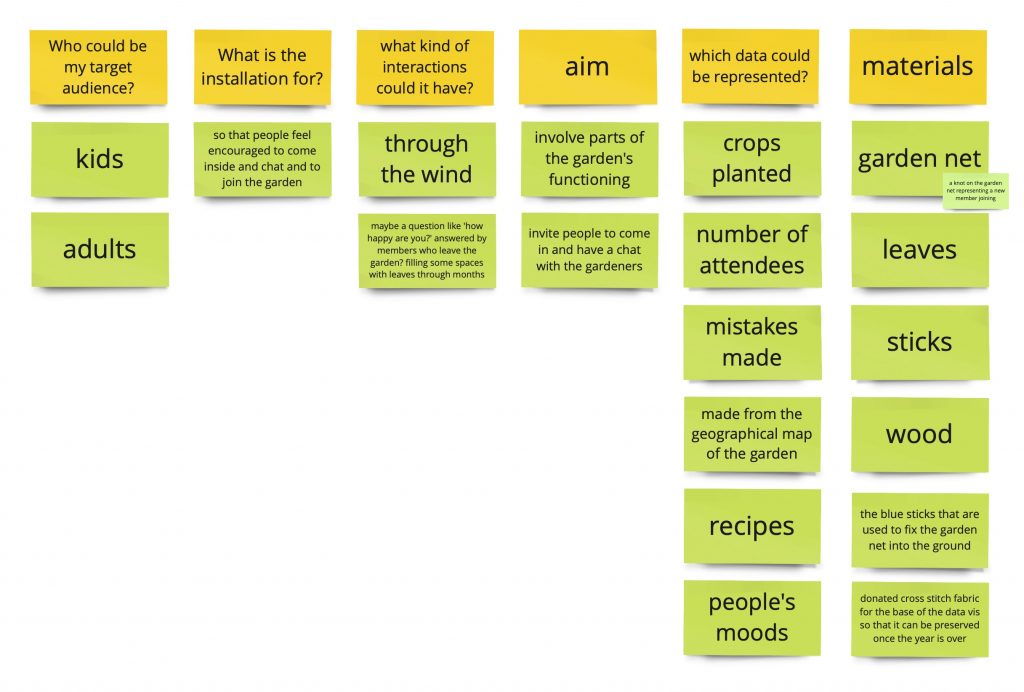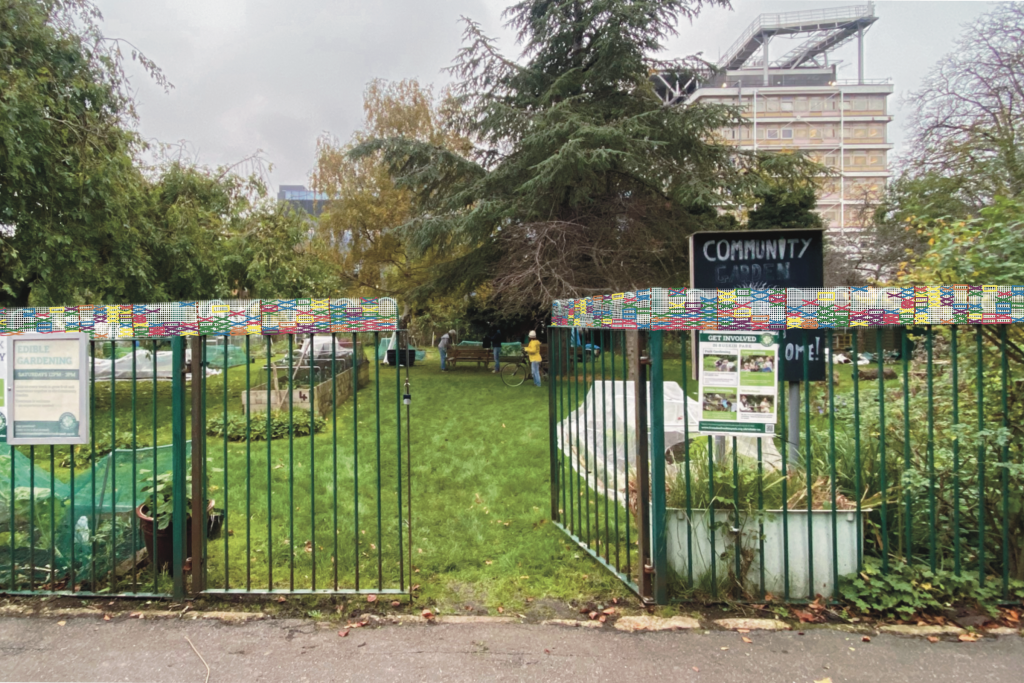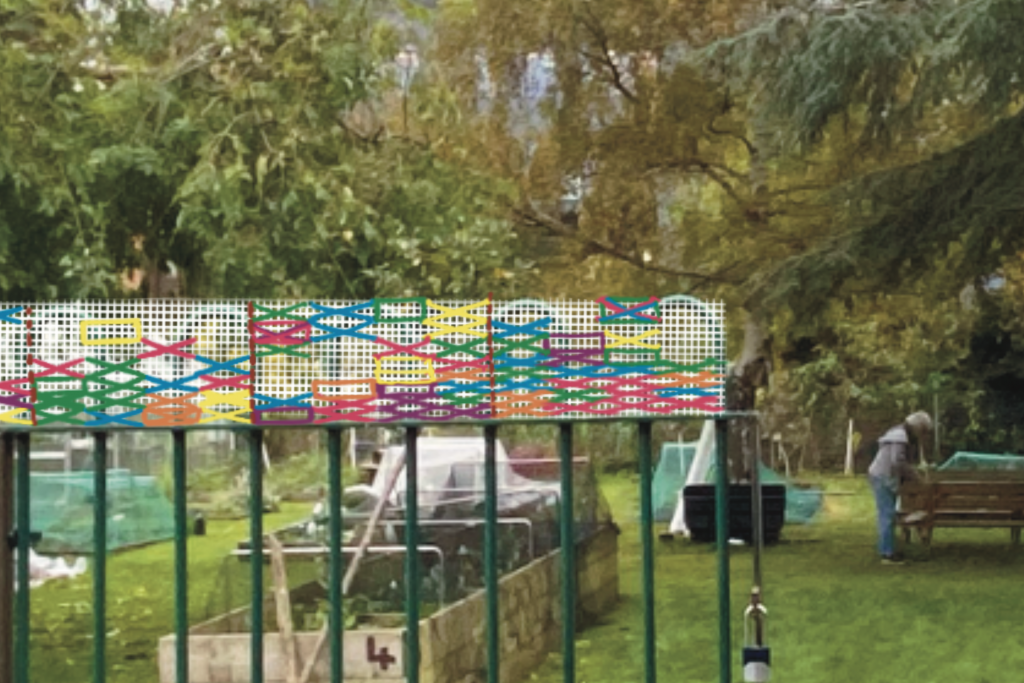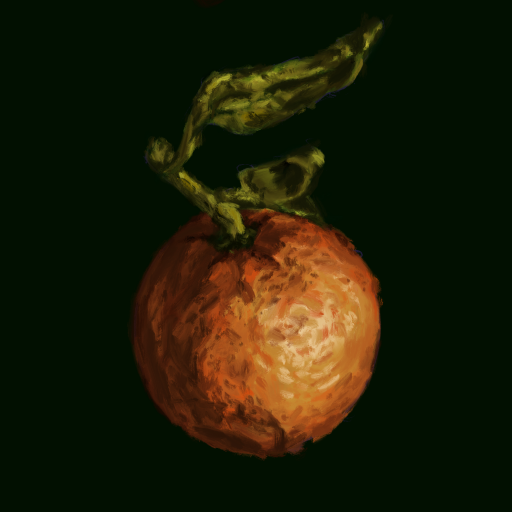From Walk 1: Brixton to Elephant and Castle
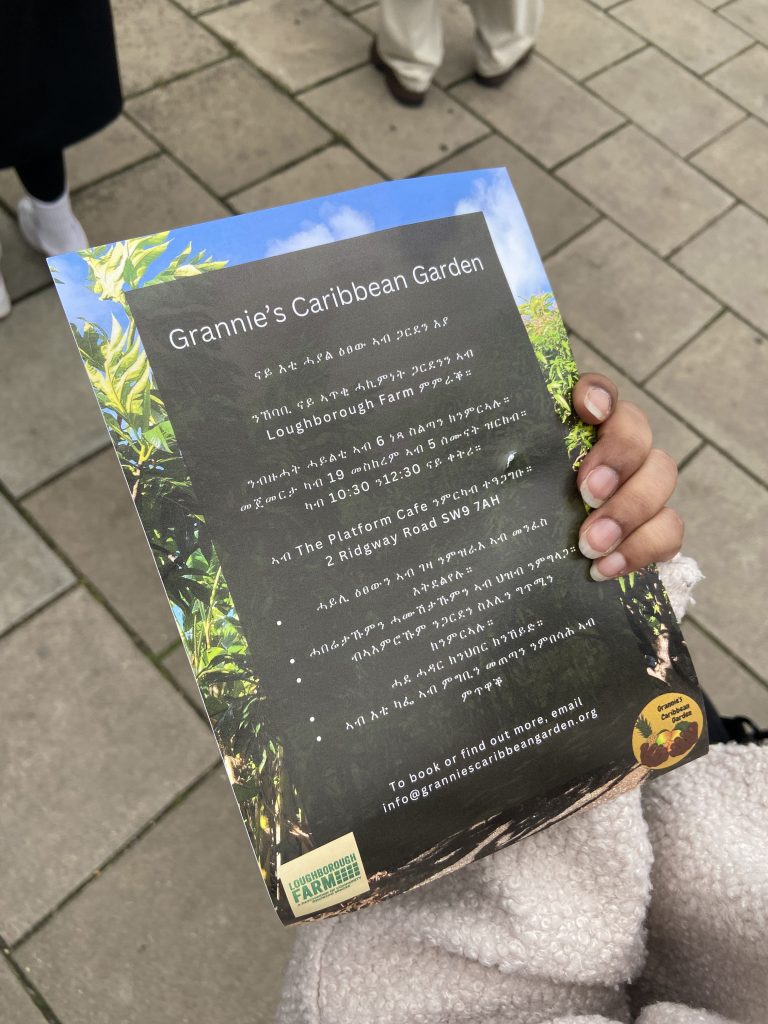
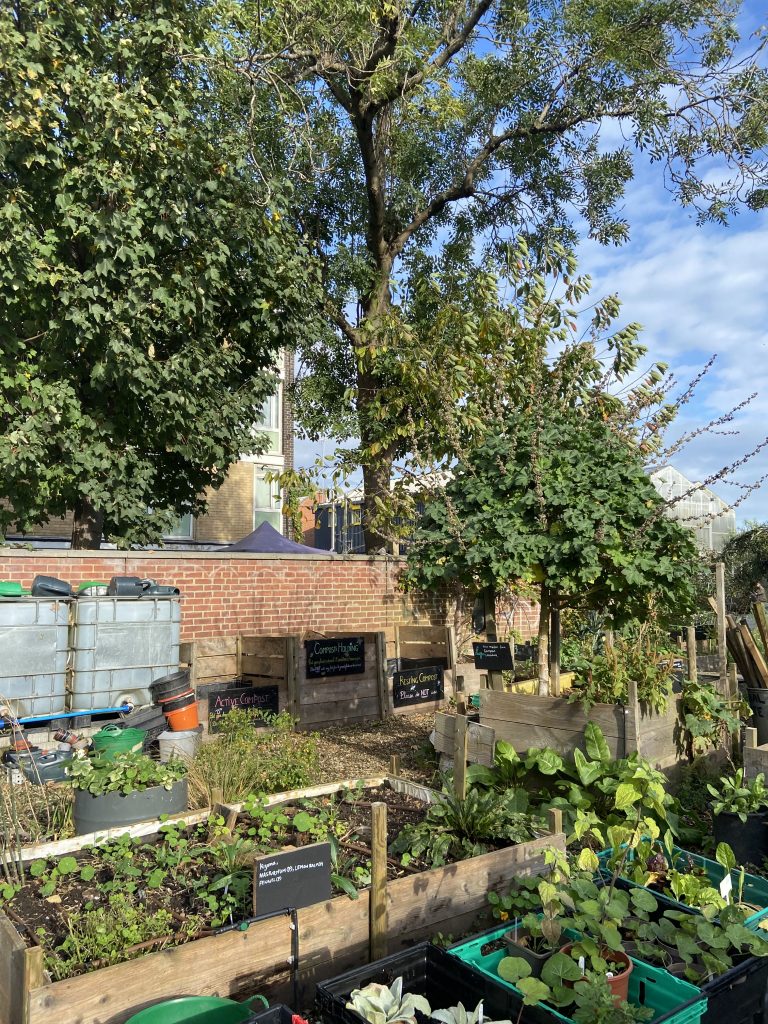
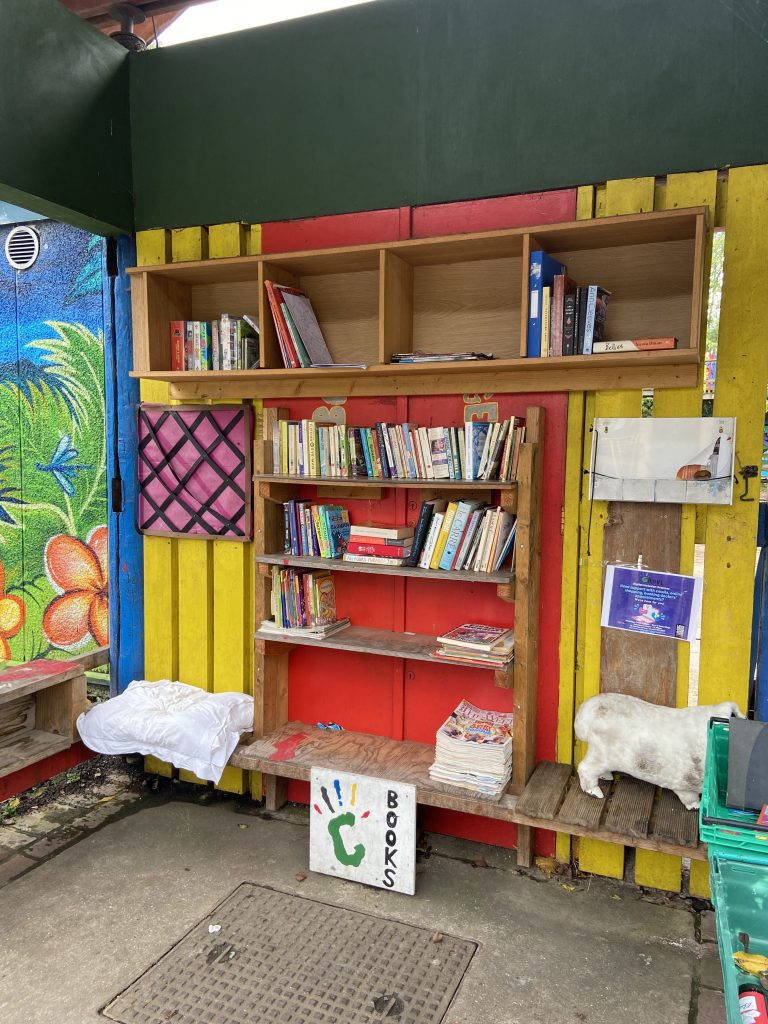
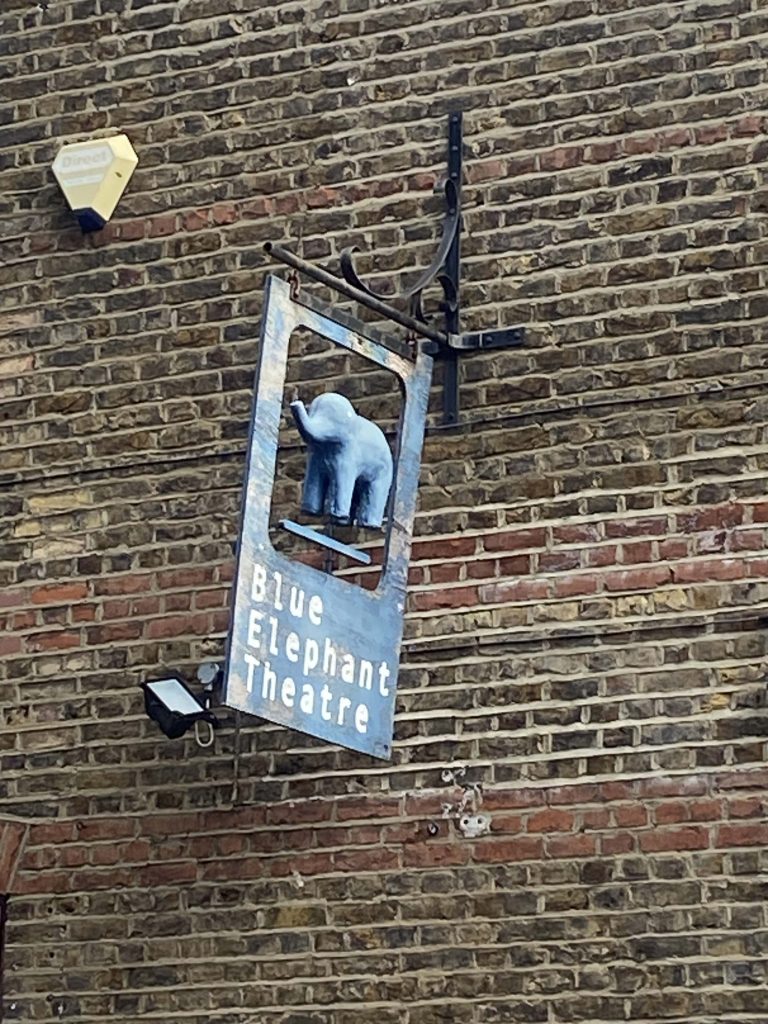
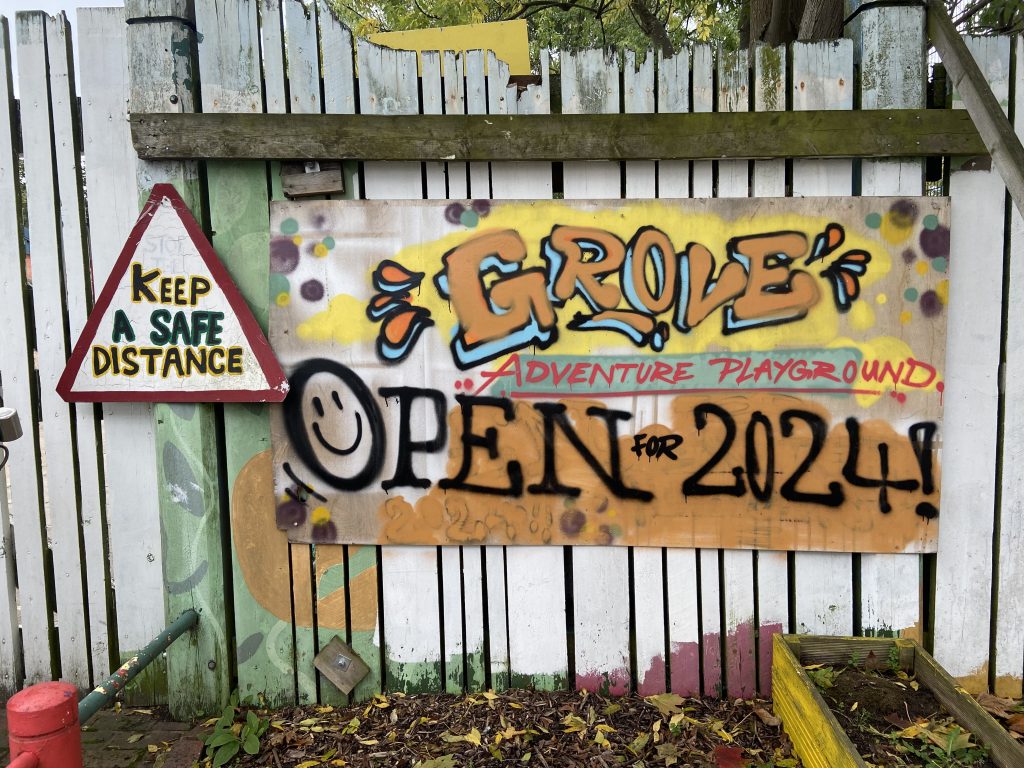
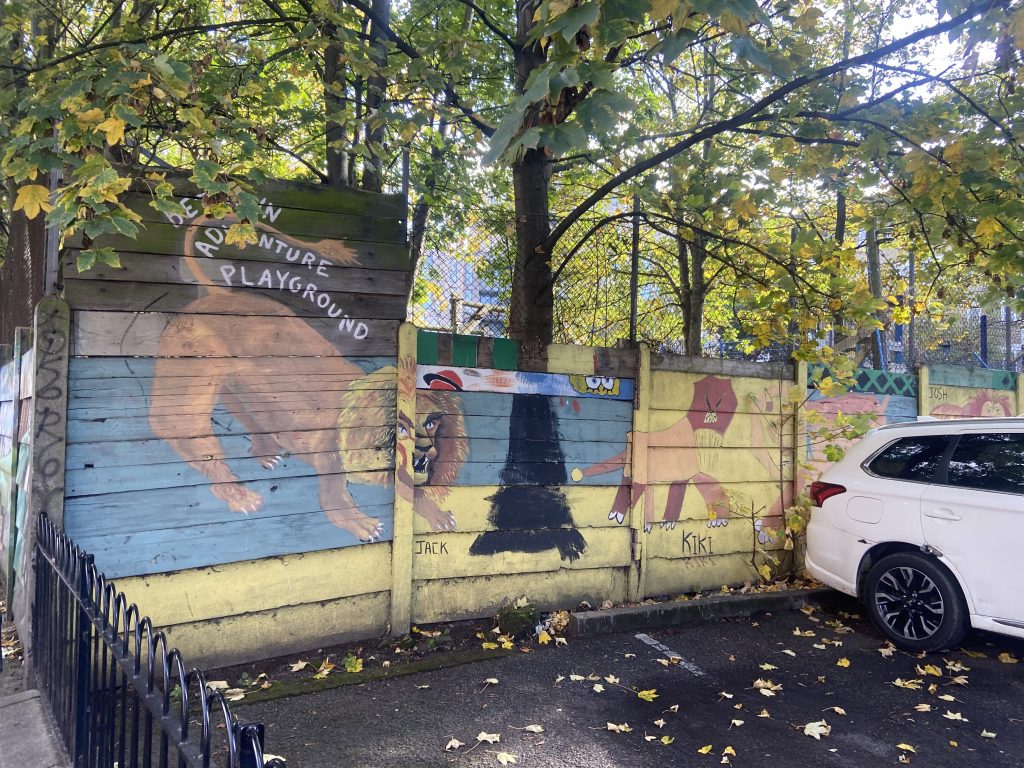
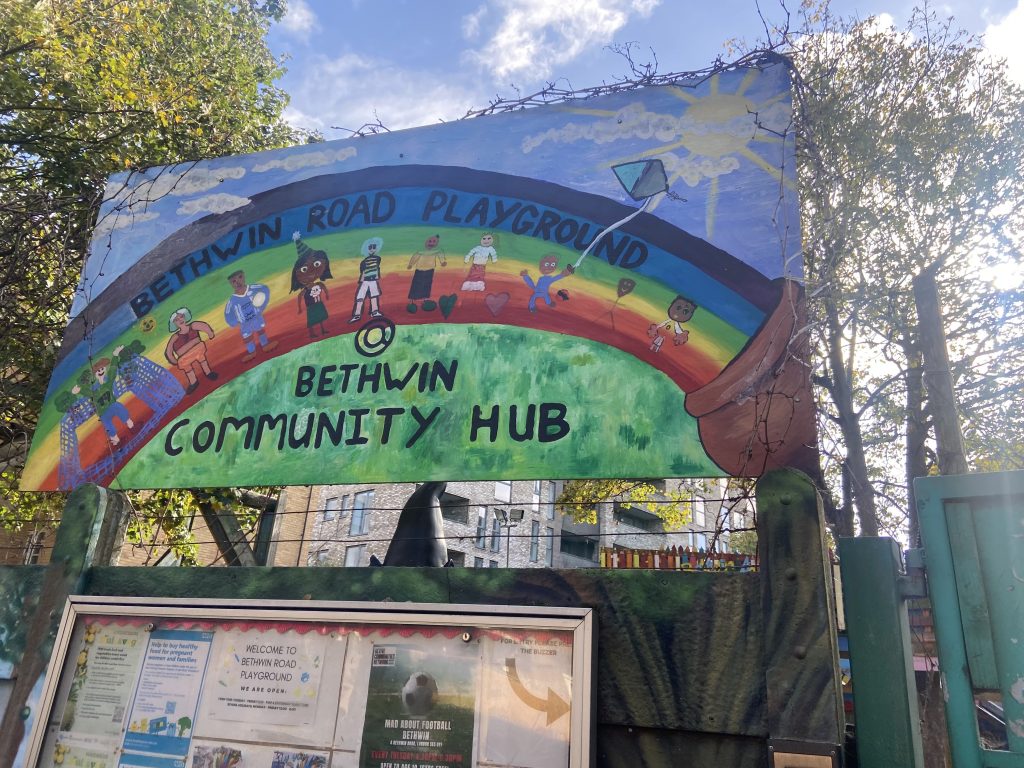
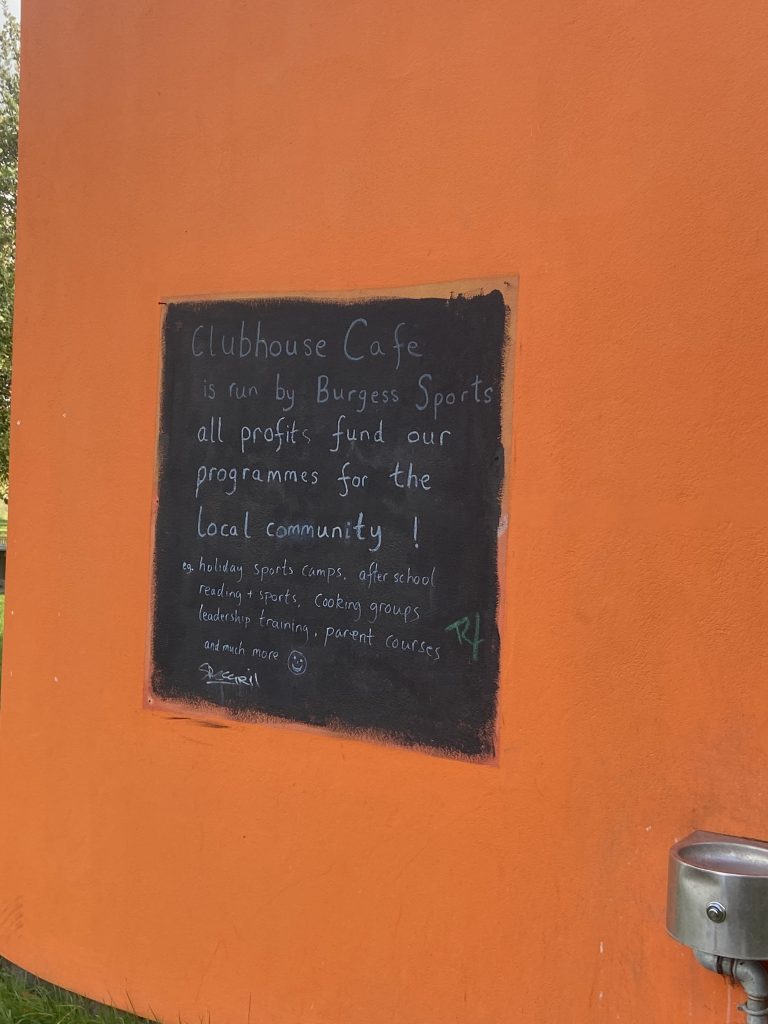
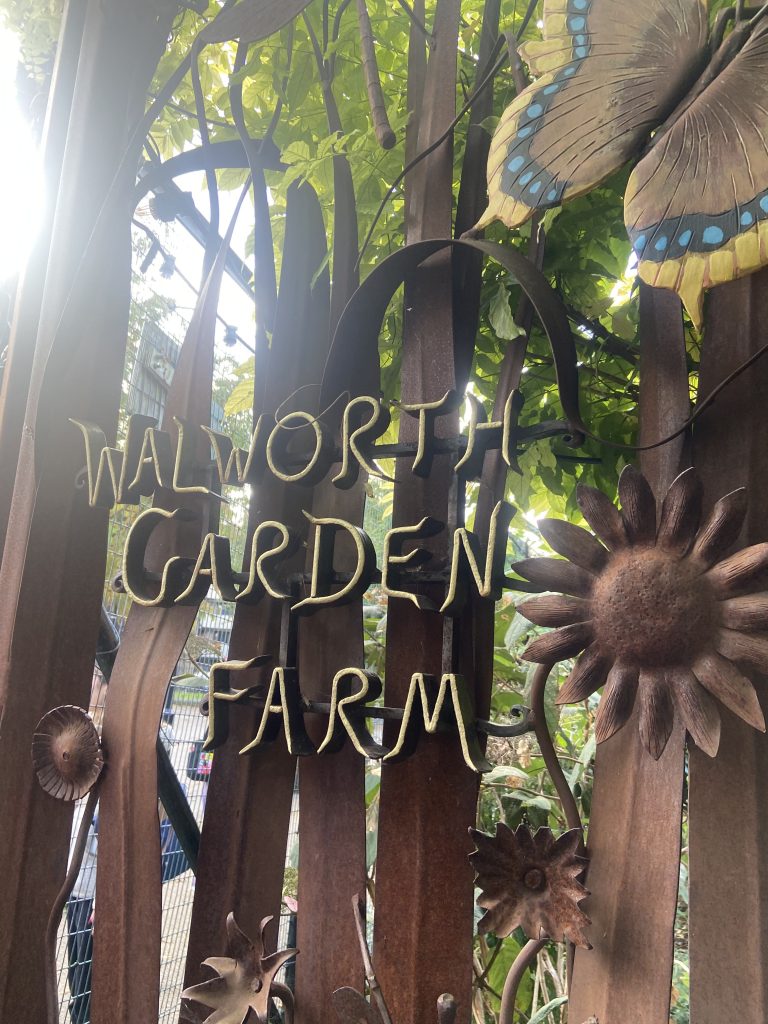
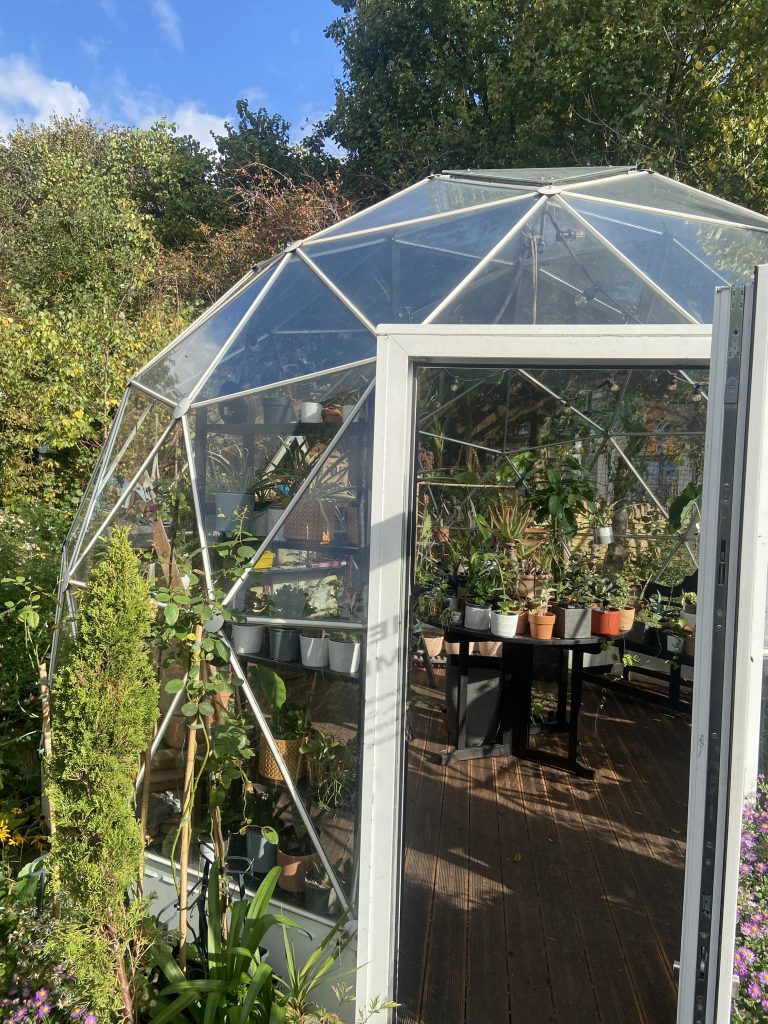
From Walk 2: Islington
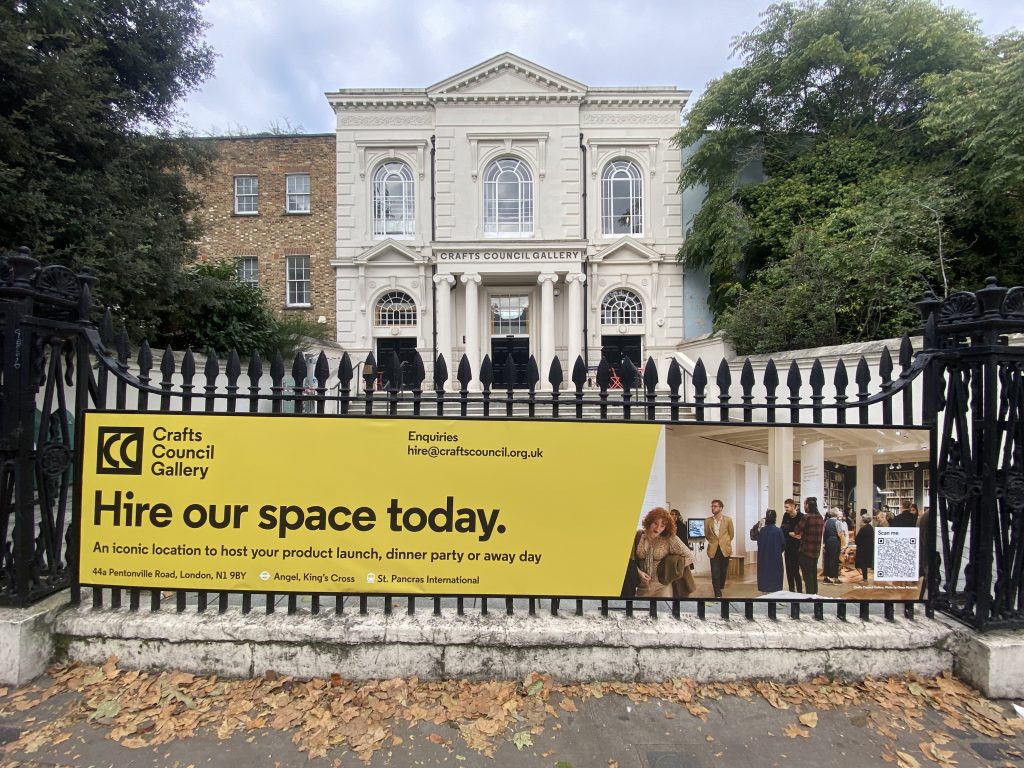
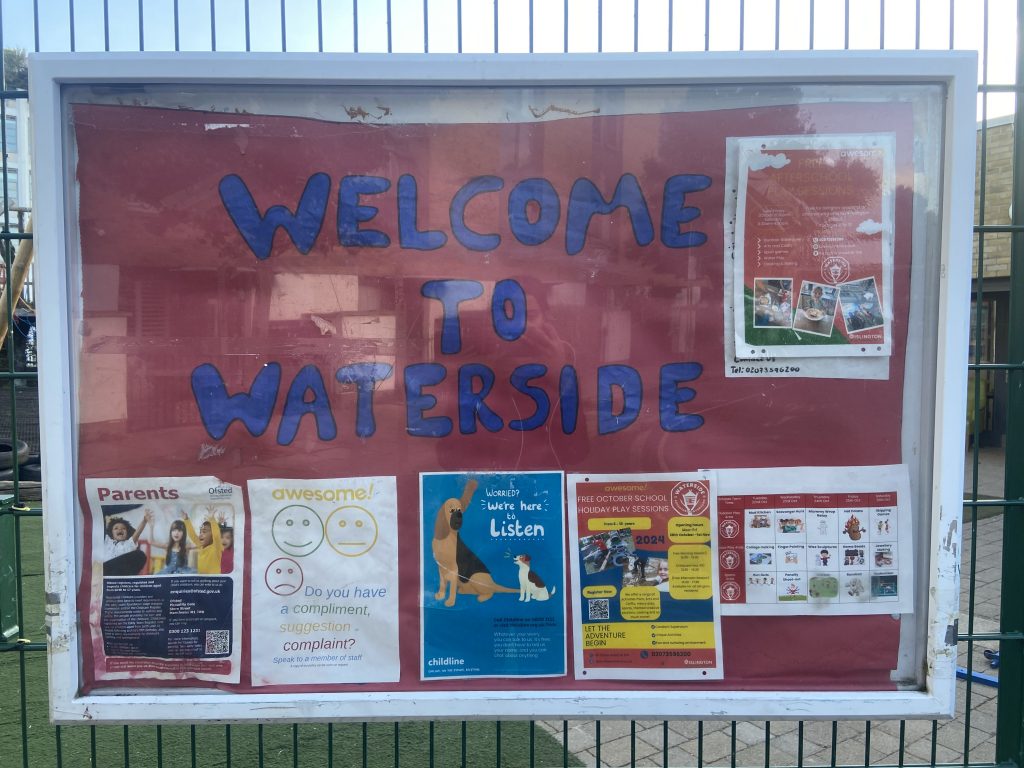
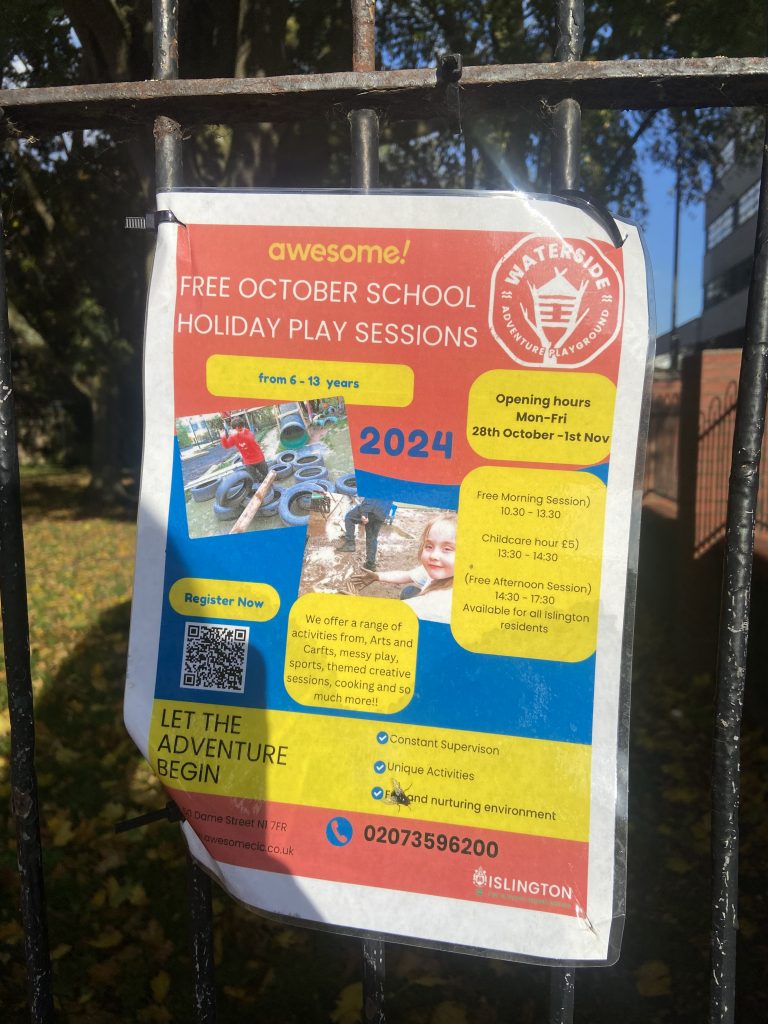
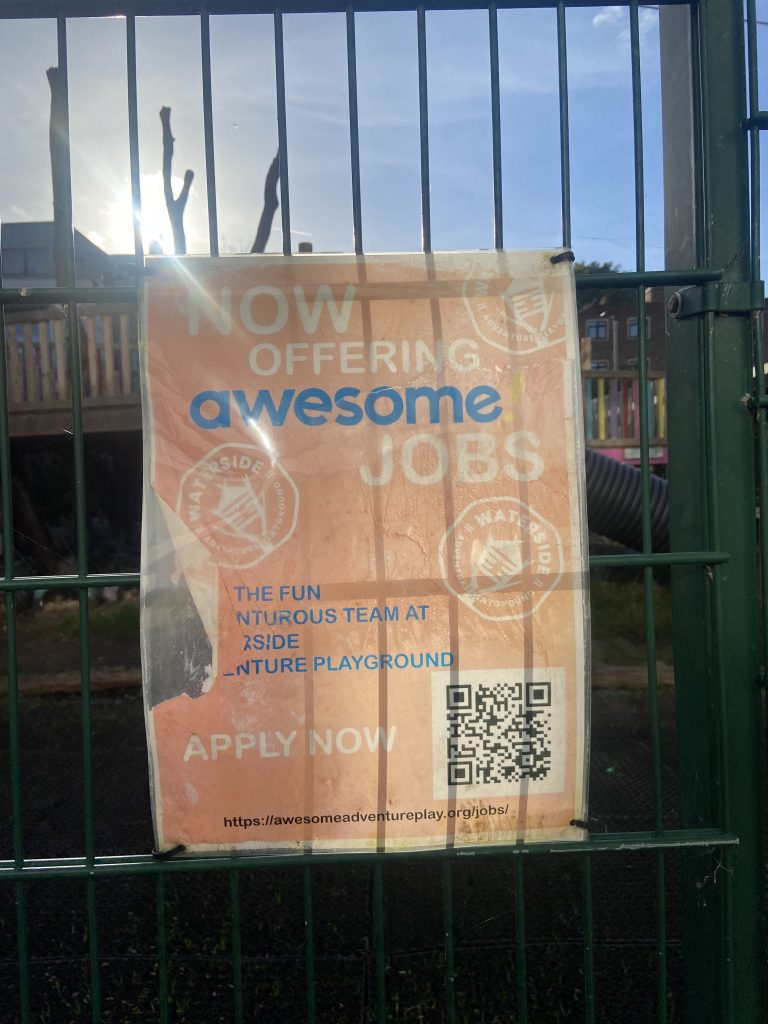
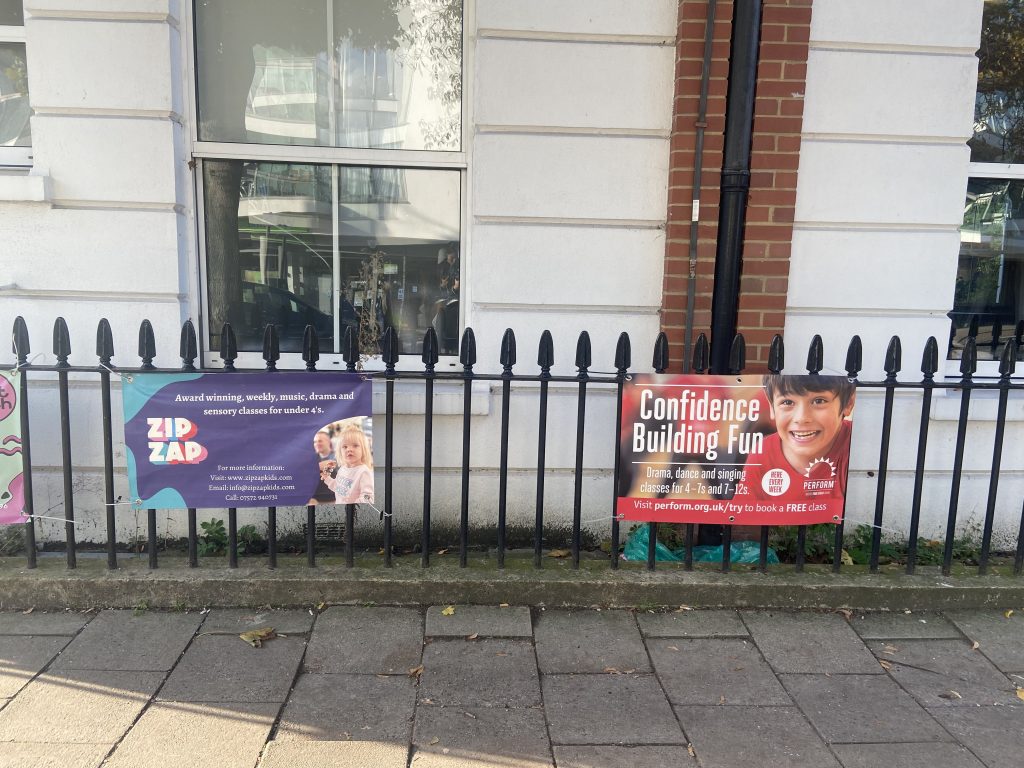
From Walk 3: Brixton to Camberwell
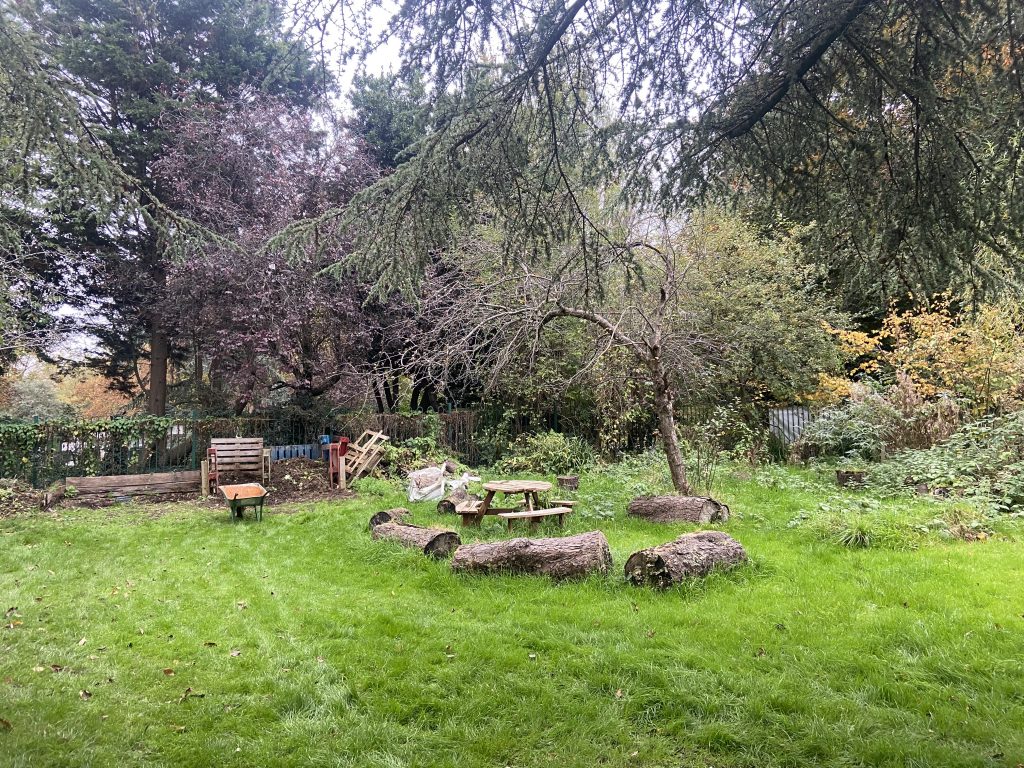
I compiled all the visual data I had collected using LATCH, to map out the visual consistencies of all community centres that I came across. I modified the framework by adding categories like my opinion of their branding and additional notes on the way the community brands themselves, to help me pick one for the rotation.
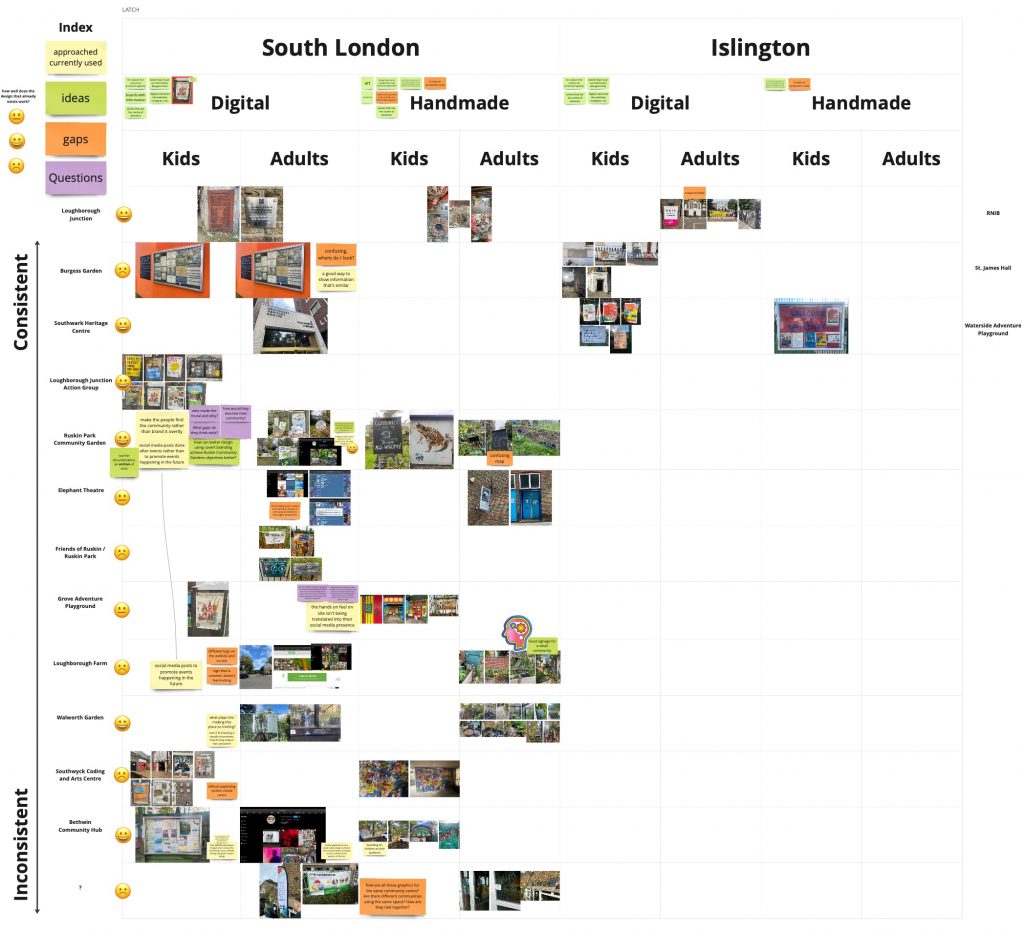
Notes from tutorial with Paul:
- What other forms of consistencies exist other than visual? Maybe the way people talk about the brand?
- Which insight can I take from one of the places I have visited and apply to any other place in order to fill in a gap?
- Read the brief
- Do these smaller community centers look at themselves as a brand?
- What are the gaps in these community centers or spaces?
- I could take my walk on the Islington high street and my struggle to find community centers and identify the gap of having to look for these spaces and then develop a wayfinding system for these smaller communities. But first find out if that is what they are looking for.
- For my insight about the community garden in Ruskin Park where they didn’t want to promote themselves in any way other than what they have now, how can that sense of discovery that they are looking for be used some place else? Is there a gap in what they are trying to do and how it is being done? Can some intervention be brought into that through design?
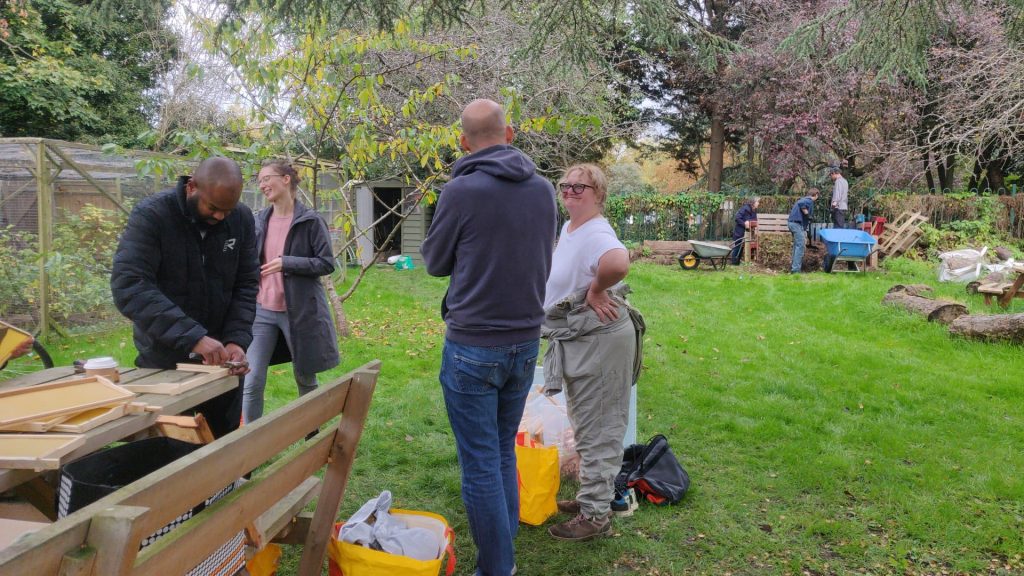
Ruskin Park Community Garden
Ruskin Community Garden aims to be a welcoming space that is open to all passersby. The team running it desire the park to spark curiosity and encourage visitors to stop and learn more about its community and gardening.
To an outsider like me, however, it felt as though I was intruding the community gathering as I walked by the garden.
How could branding make this community garden retain its identity as a spot to be discovered and also feel inviting to first-time visitors?
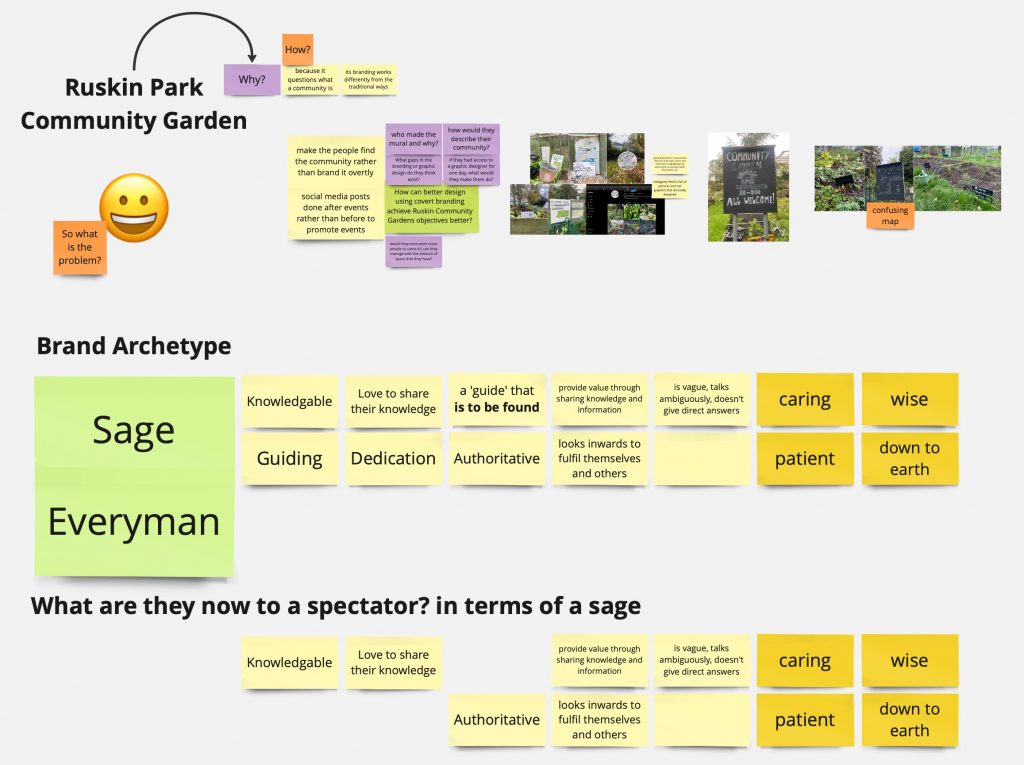
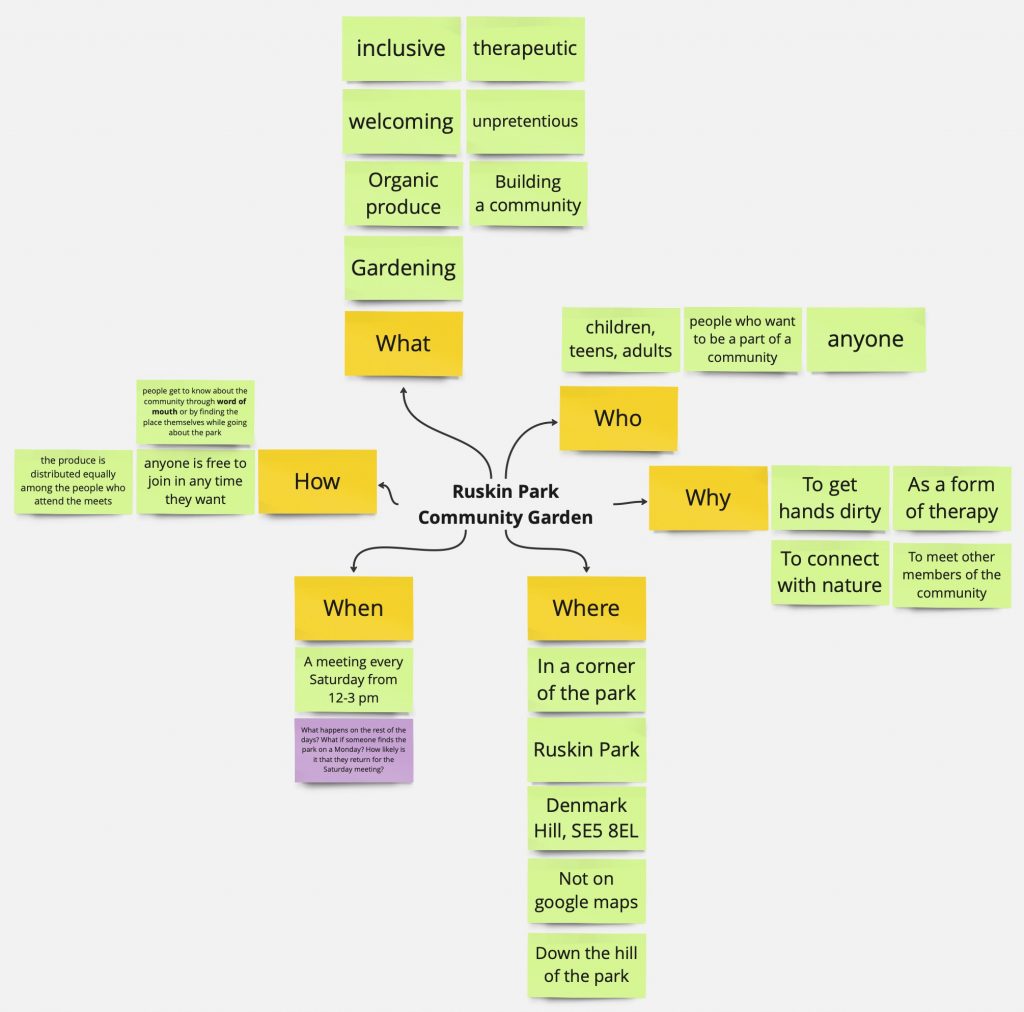
What gaps in the branding or graphic design do they think exist?
The core team of volunteers at Ruskin Park Community Garden met last week to discuss their plans for the next year. During the meeting, they discussed the biggest problem the garden solves, which is to build a community, rather than gardening. They want to reach more people but not too many because the space doesn’t exist. For newcomers, they want to make the space feel more inviting, maybe through signages because what they have now is very basic. How could the park look as inclusive as it is?
how would they describe their community?
The community at Ruskin Park Community Garden is a mix of experienced gardeners and novices. They encourage people to start gardening even if they know little. The core committee members are always there to guide about the process or help with any of the tasks. The people of the community are very inviting. There are frequent conversations about the recipes that the community members use to consume the produce unearthed every week. These recipes are a good way to connect with the different cultures that all the members come from. Since the people running the garden have different levels of experience in gardening, there are many instances where the produce doesn’t come out looking the best. These sorts of instances are celebrated and are a proof of the light-hearted nature of the community.
if they had access to a graphic designer for one day, what would they make them do?
One of the points discussed in their annual meeting was that a gap exists in the way the garden is perceived by people visiting for the first time. They would like it to look and feel more inviting. I agree with this observation. However, in the two times that I have attended the gardening sessions, I observed a person coming in and talking to the organisers about how it is run and how they could join in. From the regular visitors of the garden, I learnt that they too began attending through word of mouth.
would they even want more people to come in? can they manage with the amount of space that they have?
No, they can’t handle a large number of people. That is one of the reasons why they don’t advertise as much.
Interventions need to be brought about in the way that the brand is being perceived negatively (not inviting or inclusive) rather than for any newer reasons.
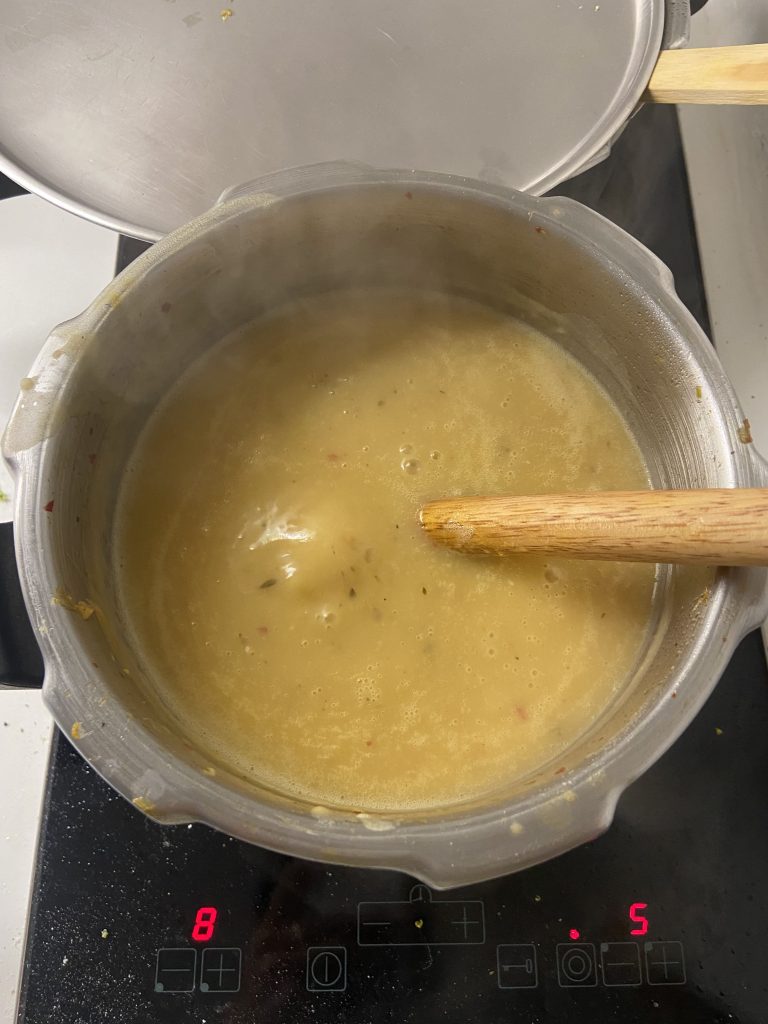
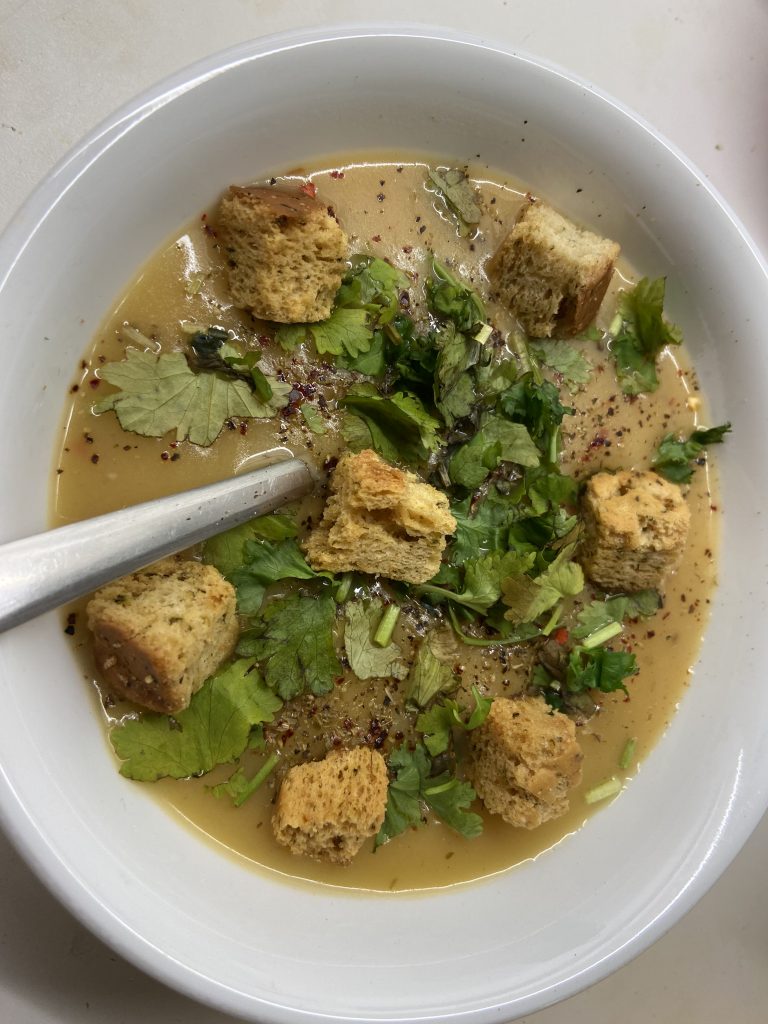
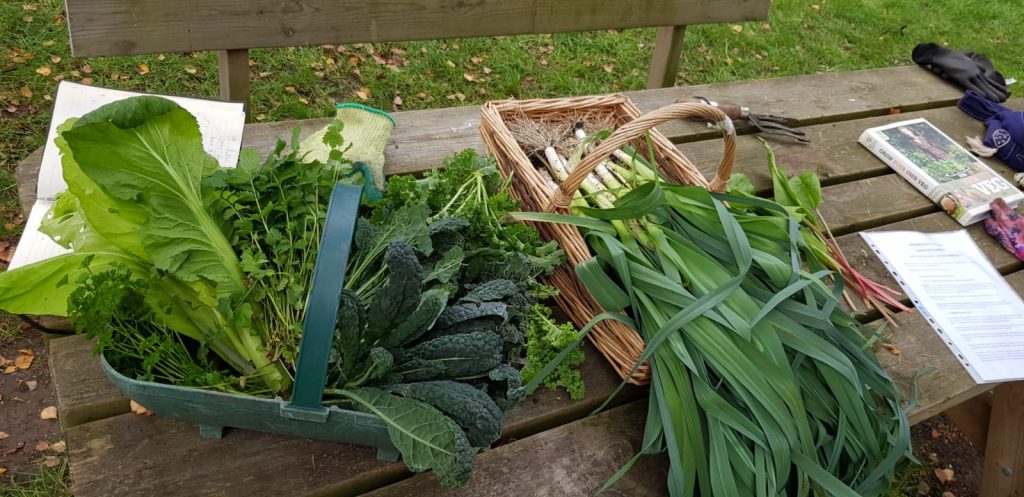
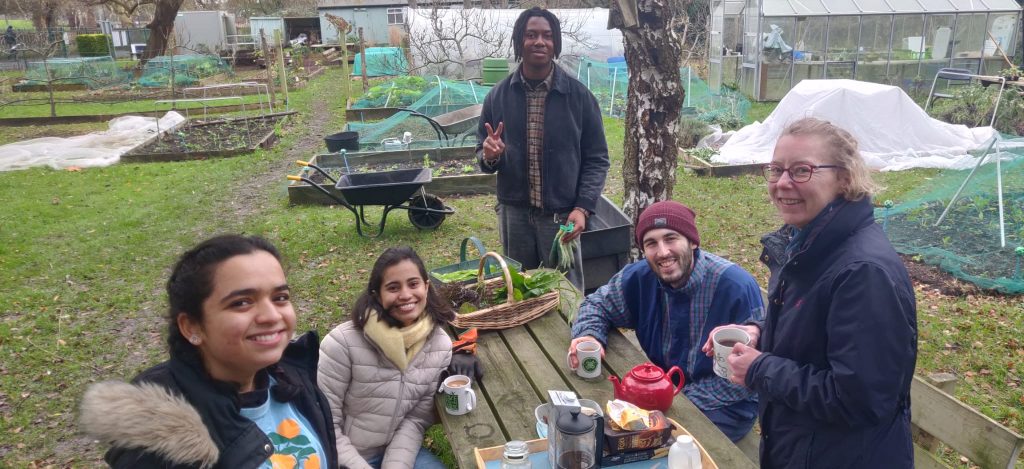
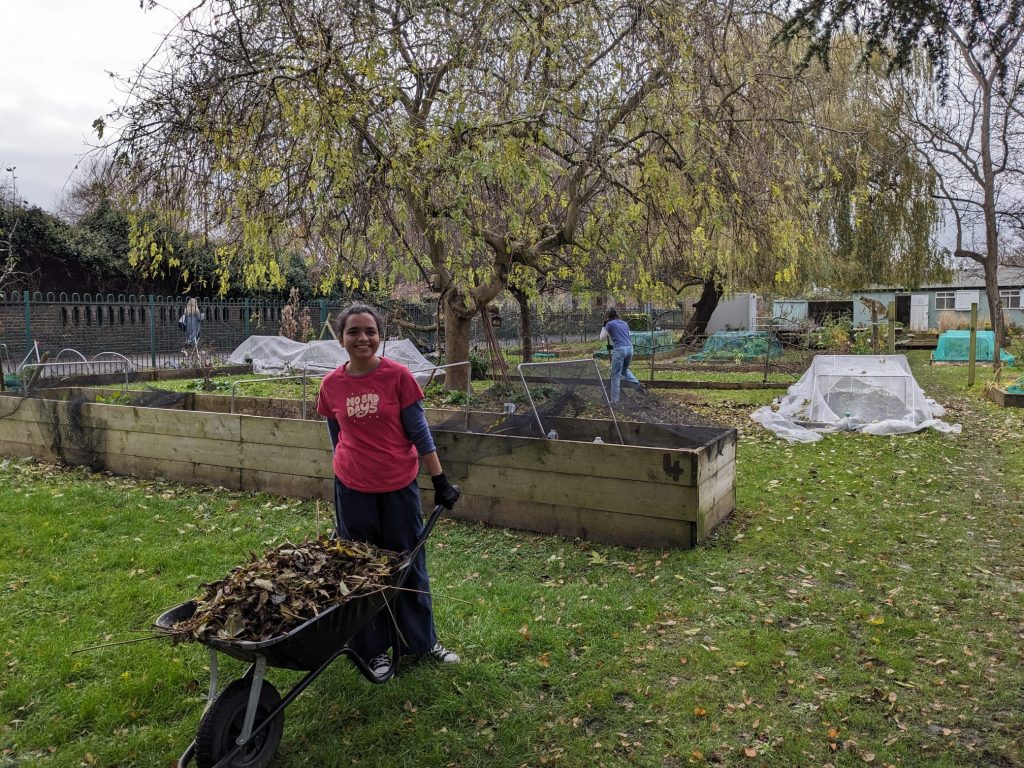
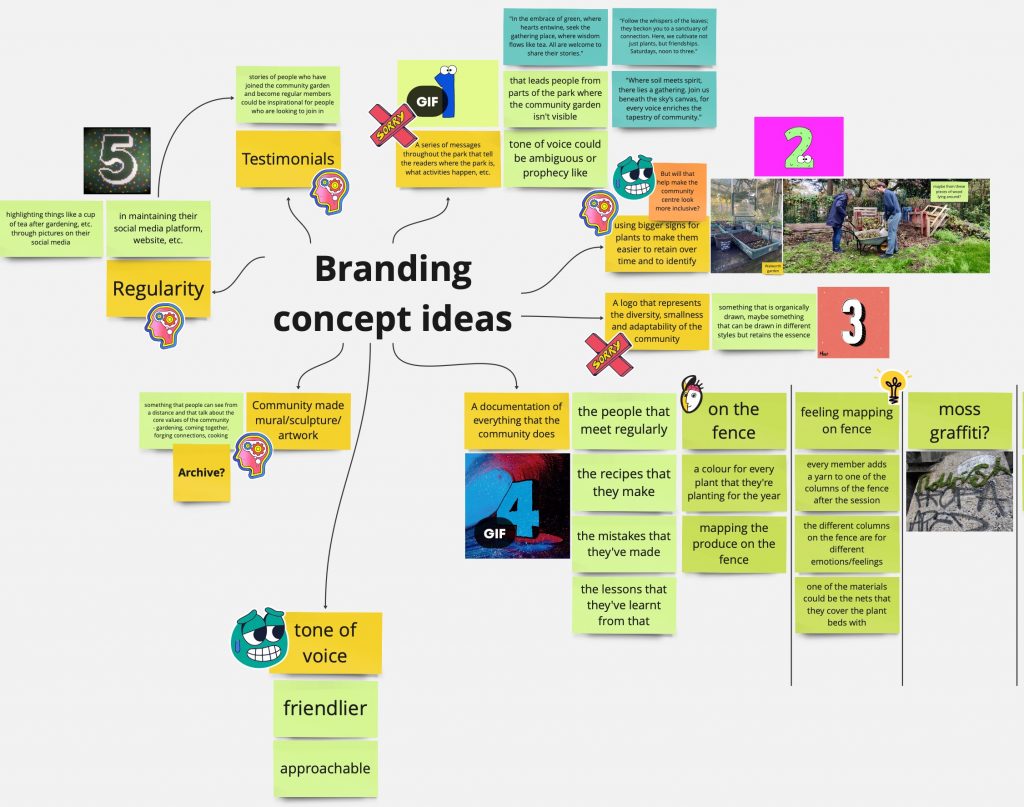
Concept Sheets for Review:
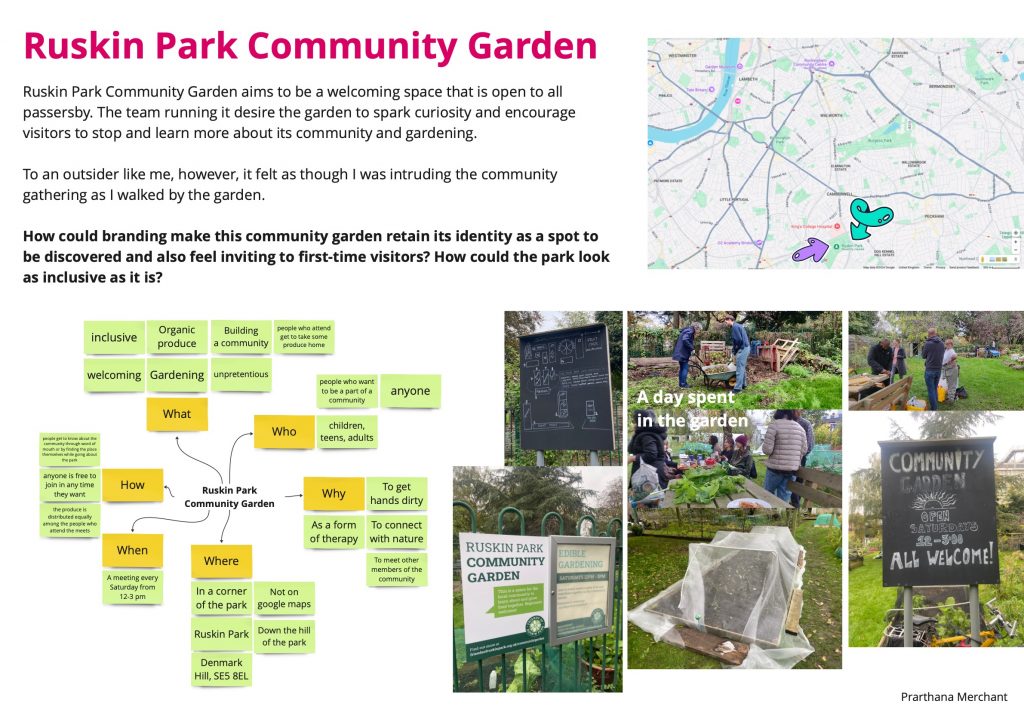
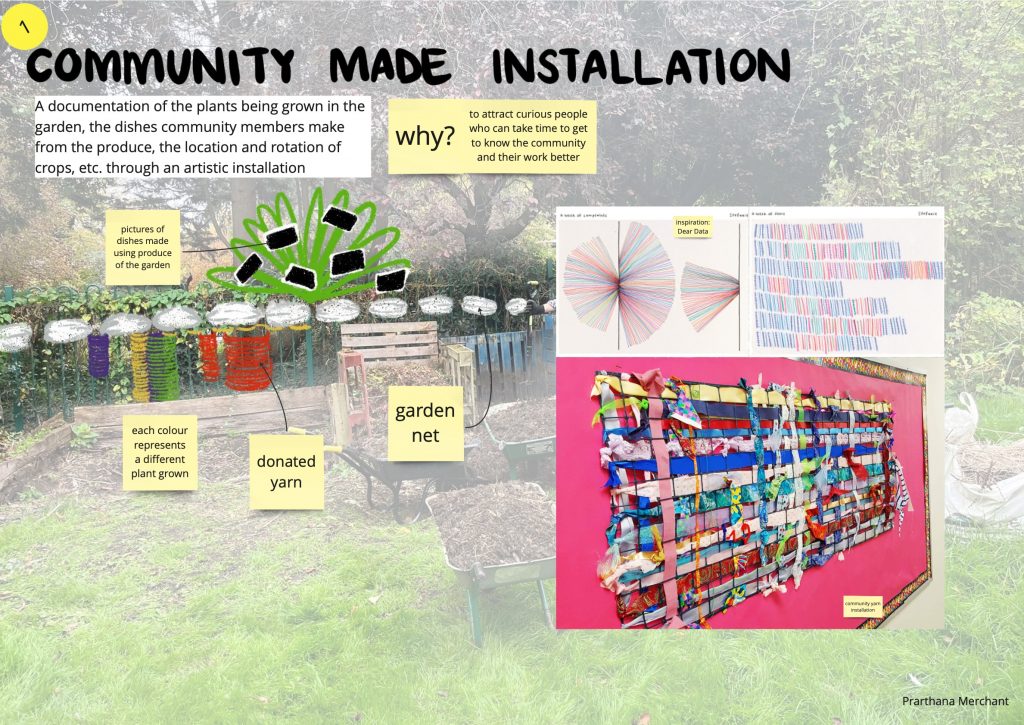
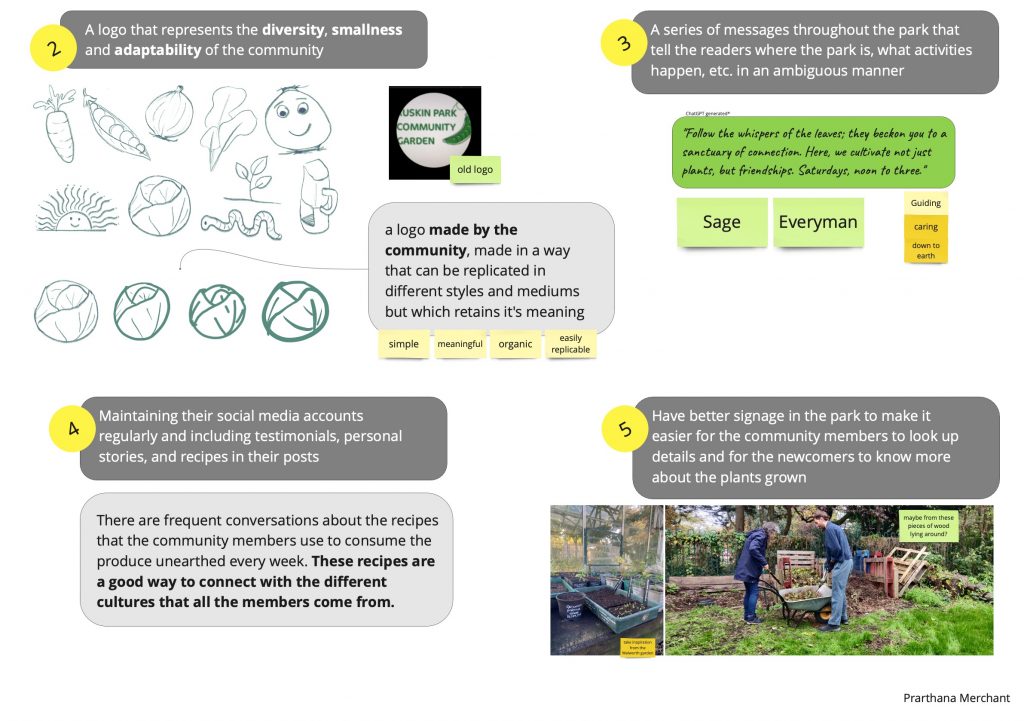
Feedback from Review:
Suggestions:
- Part 1: the community mural has a lot of potential. The rest seems less thought out.
- The images of people from the community could be shown
- Is the artistic installation the best way to understand a community better? How does a community document itself? Is it an archive? Develop the rest of the concepts in more detail. Think about what the rest of the concepts can be.
- Develop the concepts more for the community centre to look and feel more inclusive
- “Community” in title might make it feel more exclusive than inclusive to the people not already in it.
- Think more about and use the word “therapeutic”. How can the branding for the community centre be entered around it being a therapeutic space?
References:
- Coco Collective
- Skin of Nature (documentary)
